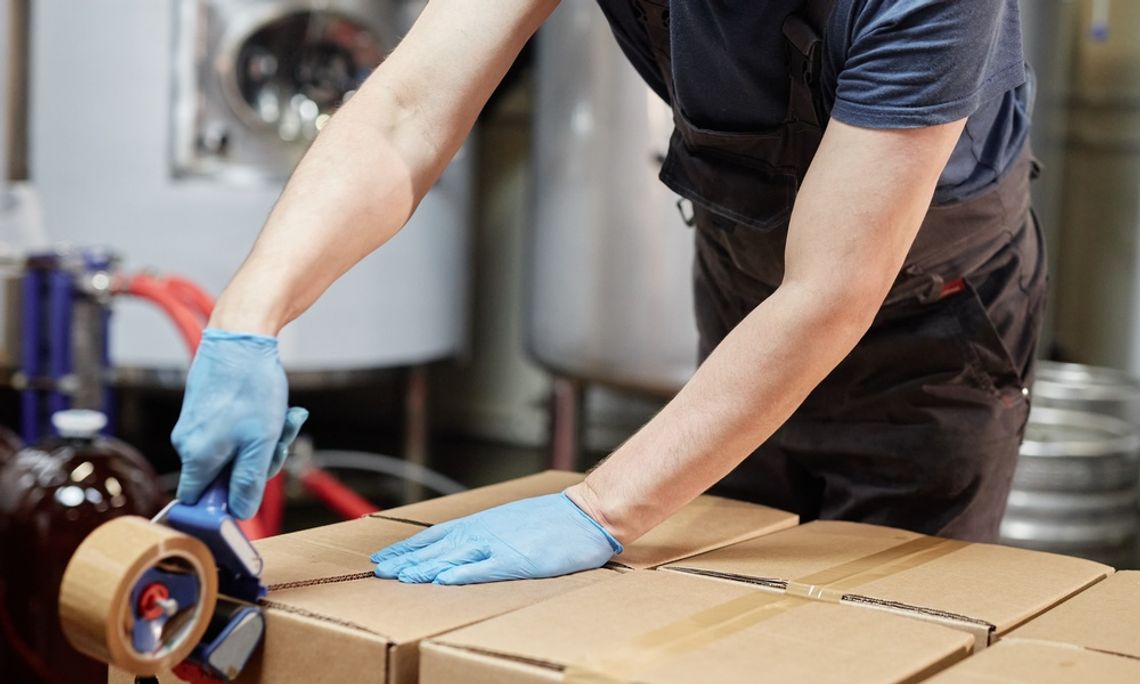Manual packaging may seem like a manageable part of manufacturing, but its hidden expenses can quickly add up. Recognizing these costs can help manufacturing managers identify operational inefficiencies and explore solutions that improve productivity and profitability. Here are five ways manual packaging can impact costs and why considering automation can be a game-changer.
Labor Costs
Relying solely on manual labor for packaging requires a significant allocation of your workforce, which directly drives up costs. Whether dealing with onboarding, training, or ongoing wages, manual packaging introduces recurring expenses that you could allocate toward growth-driven roles. Incorrect labor estimates can lead to unexpected overtime payouts, further straining budgets. Labor costs remain one of the largest expenses for manufacturers, and reducing dependency on manual packaging offers immediate savings.
Inconsistency and Errors
Human error is inevitable when packaging tasks depend on manual processes. Employees may mislabel items, improperly seal bags, or package the wrong quantities, leading to costly rework or customer dissatisfaction. Mistakes negatively impact quality control, and that inconsistency can tarnish your brand reputation over time. Bagging systems streamline packaging lines by introducing precision and consistency, reducing errors, and creating a more reliable operation.
Slower Production Speed
Manual packaging significantly slows production lines by creating bottlenecks during peak demand periods. Daily limitations in human efficiency make it hard for teams to keep up with tight schedules, resulting in longer lead times. When deadlines become pushed back, customer satisfaction and loyalty take a hit. By automating repetitive packaging steps, manufacturing managers can accelerate production to meet deadlines and maintain a competitive edge.
Increased Material Waste
Packaging by hand often leads to inefficiencies in material usage. Employees may overuse expensive packaging materials or mishandle supplies, ultimately increasing costs. Material waste also contributes to higher disposal expenses and undermines sustainability goals. Automated systems optimize used resources, reducing unnecessary waste and lowering material costs while aligning with environmentally friendly practices.
Higher Rates of Product Damage
Manual packaging increases the risk of inconsistent handling, leading to more frequent cases of improperly protected products from damage during transit. Damaged goods mean wasted inventory and lead to additional replacement costs, shipping fees, and potential claims. Customer dissatisfaction caused by damaged items can further hurt your credibility. Automation significantly minimizes these risks by providing a standardized, secure packaging process that protects your products.
Manual packaging presents a variety of hidden costs that slow production, waste resources, and disrupt operations. Pivoting to automation, such as using advanced bagging systems, paves the way for streamlined processes, increased accuracy, and reduced expenses. Reducing inefficiencies contributes directly to improving customer satisfaction while strengthening your market position. It’s time to consider how automation could benefit your production line and help you build smarter, more cost-effective manufacturing processes.


Comment
Comments